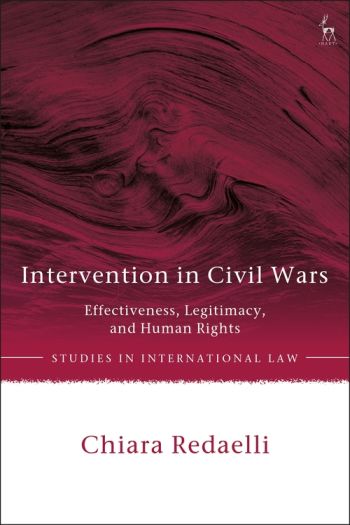
This book investigates the extent to which traditional international law regulating foreign interventions in internal conflicts has been affected by the human rights paradigm. Since the adoption of the Charter of the United Nations, foreign armed interventions in internal conflicts have turned into a common practice. At first sight, it might seem that state practice has developed in a chaotic fashion, however on closer examination, specific patterns emerge. The book charts these patterns by examining the traditional doctrines of intervention and testing them against state practise.
The book has two aims. Firstly, it seeks to clarify the current legal framework regulating interventions in internal conflicts. Secondly, it plots the emergence of new trends and investigates whether they are becoming part of positive international law. By taking this dual focus, it offers the first truly comprehensive examination of foreign interventions in internal conflicts.